Alaska once had the highest vaccination rate. Now it's in a COVID-19 crisis.
"It has brought us to the breaking point," one hospital official said.
In January, Alaska had the highest per capita coronavirus vaccination rate in the nation. Now, hospitals are overwhelmed with COVID-19 patients, and the state’s largest hospital is rationing care.
Vaccine hesitancy and the delta variant have pushed the state’s fragile and limited hospital system to the breaking point.
Providence Alaska Medical Center, the state’s largest hospital, released a letter to the public Tuesday saying that more than 30% of its patients have COVID-19 and the hospital is rationing treatment.
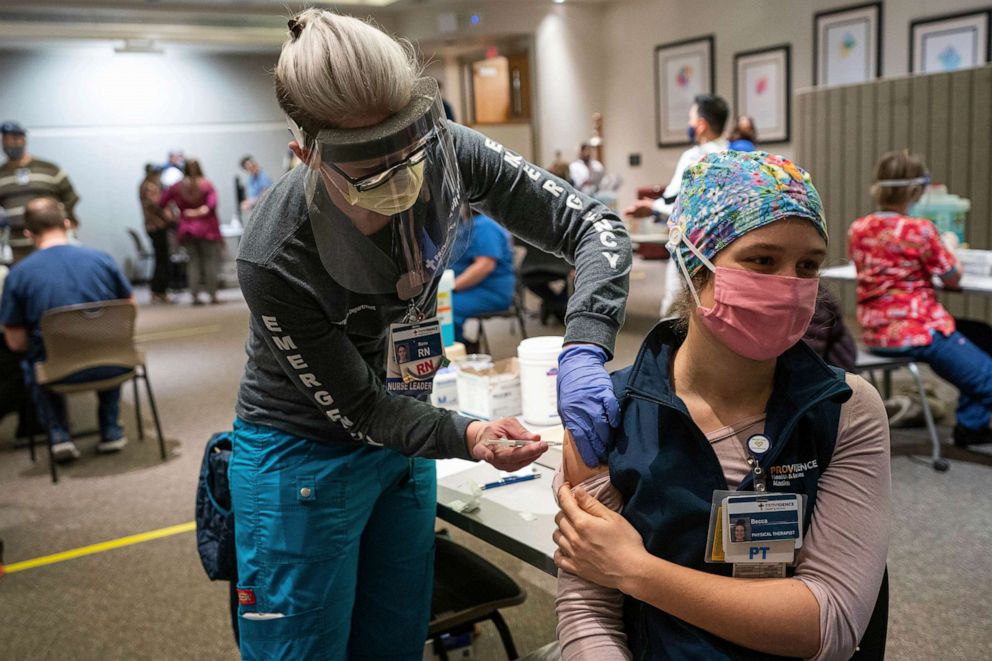
"While we are doing our utmost, we are no longer able to provide the standard of care to each and every patient who needs our help," wrote Chief of Staff Kristen Solana Walkinshaw on behalf of the hospital’s Medical Executive Committee. "The acuity and number of patients now exceeds our resources and our ability to staff beds with skilled caregivers, like nurses and respiratory therapists."
Of Alaska's 120 ICU beds, 106 were filled as of Thursday -- leaving only 14 beds available statewide.
Alaska had a strong initial vaccine rollout, delivering doses to remote areas of the state by helicopters, planes, dog sleds and ferries, with additional support from the Indian Health Service and state tribal health system to vaccinate Alaska Natives. Due to the challenges posed by the state’s vast size, it received vaccine allocations monthly as opposed to weekly, giving it the ability to plan ahead and deliver many doses early on.
But, as in the rest of the country, vaccination rates slowly began dropping off over the summer, stagnating with 56.7% of Alaskans fully vaccinated as of Thursday, according to the state’s coronavirus dashboard.
"In terms of why things went stagnant, it does seem like hesitancy is the main factor behind that," said Jared Kosin, CEO and president of the Alaska State Hospital and Nursing Home Association. "It's not an access issue. The vaccine's widely available in Alaska anywhere."
Gov. Mike Dunleavy ended Alaska’s COVID-19 emergency declaration in the spring, and both the state legislature and Dunleavy’s administration have yet to reinstate one even at the pleading of hospitals and doctors.
In a spring mayoral race, Anchorage voters elected Dave Bronson, who has repeatedly said his administration will not enact citywide mask or vaccine mandates.
Bronson reiterated that commitment on Tuesday after an assembly meeting where hospital workers begged for action.
Cases in Alaska have been sharply increasing since August, and the state shattered its new daily case record with 1,068 infections reported Wednesday. As a result, hospitalizations have skyrocketed, reaching all time highs.
And health care experts warn this is only the beginning of a surge that could last weeks.
"It has brought us to the breaking point, and to be totally direct, in many respects we are broken," said Kosin. "The situation is extremely bleak."
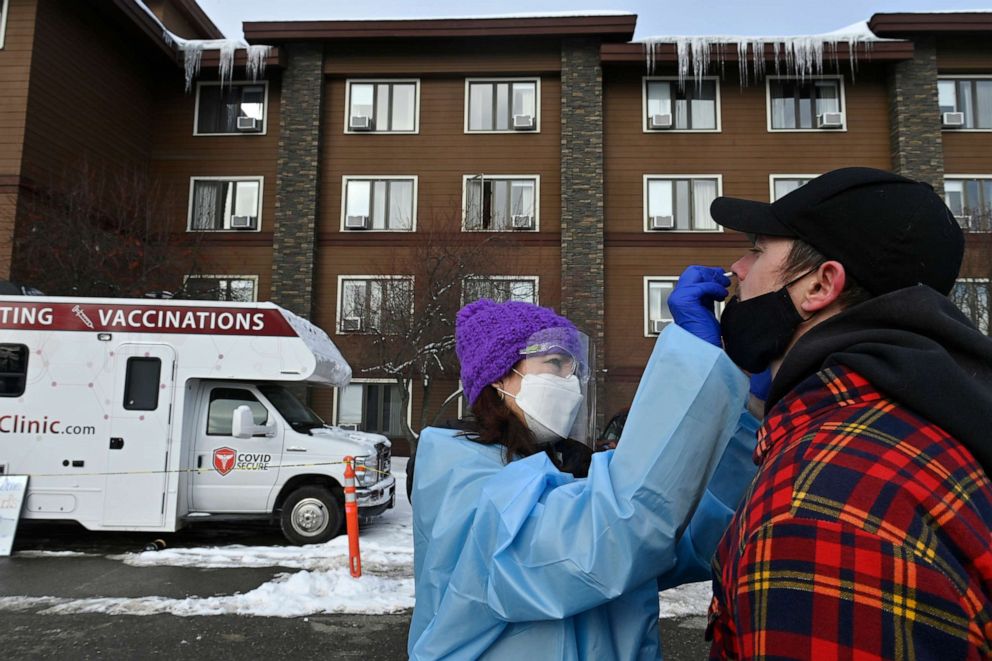
Alaska runs on a "hub-and-spoke model" of health care, according to Kosin. "If you're in a more rural area, you're going to go to clinics, rural hospitals," he told ABC News. "The idea is, as you need a higher level of care or (have) more needs, you will transfer in, ultimately, to our biggest hub, which is Anchorage."
Anchorage, the state’s most populous city, is home to the state’s three largest hospitals -- some of which offer the only advanced neurological and cardiovascular care in the state. While many people live in rural and geographically isolated areas, those communities still rely on the specialty medical care that can only be found in the city.
As city hospitals have reached capacity and Anchorage residents are forced to remain in their cars or emergency room waiting areas until they can receive care, health care institutions must refuse transfer patients from rural communities, leaving them without what can be lifesaving treatment, Solana Walkinshaw said.
The nearest next option are hospitals in the contiguous U.S. like Seattle, Washington -- an over three-hour flight away. Seattle is also experiencing an influx of COVID-19 patients and is trying to help by taking patients from neighboring states like Idaho, which is coping with its most serious surge in cases since the beginning of the pandemic. That leaves very limited options.
Because city hospitals are inundated with COVID-19 cases, they are struggling to provide routine care and emergency services to patients who do not have the virus.
As of Tuesday night, Providence Alaska Medical Center had only a single available bed with 10 admitted patients in need of one, along with patients in the emergency room also waiting for an opening, Solana Walkinshaw said. Three of those patients needed an ICU bed, but the hospital had none available.
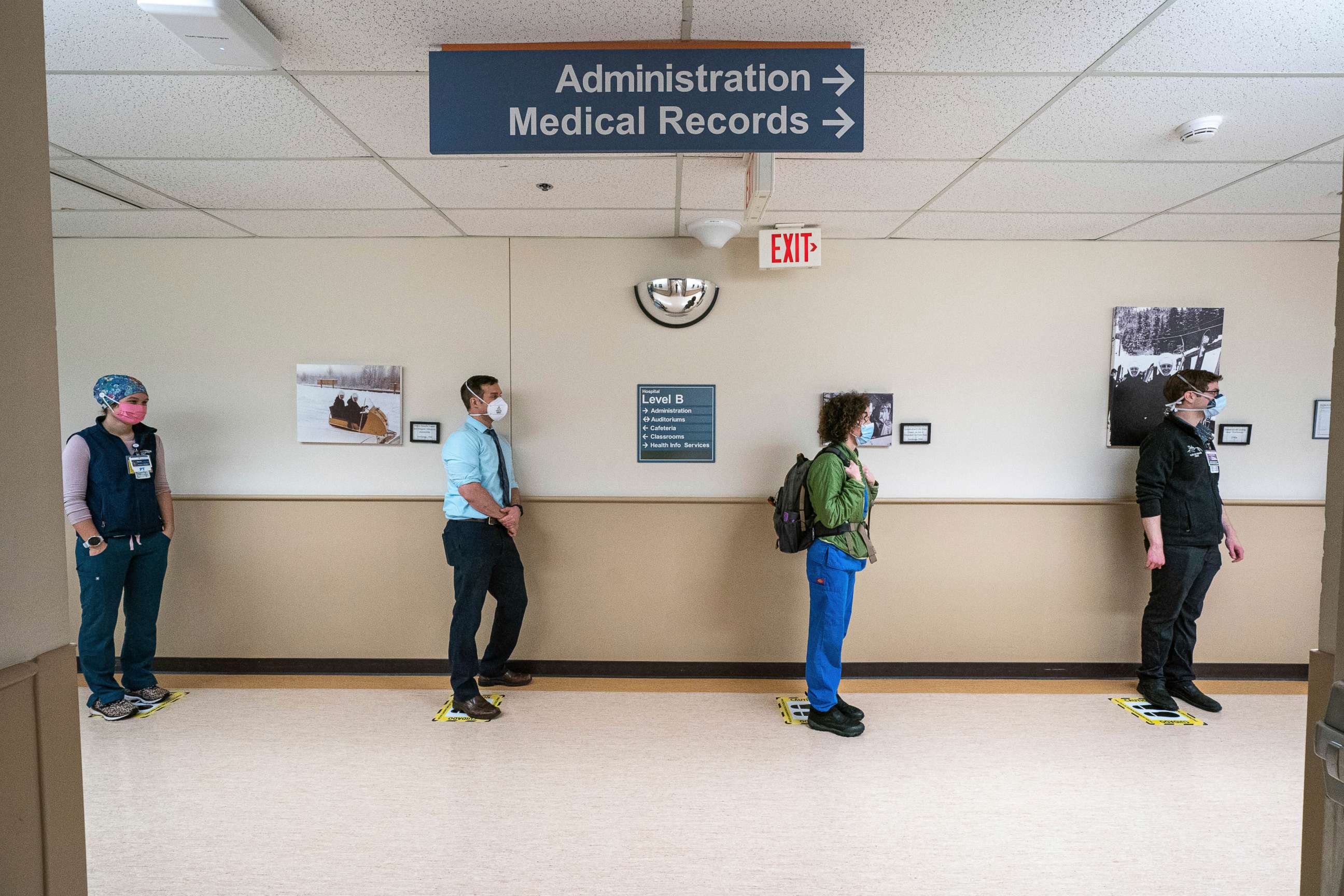
Between 80-85% of COVID-19 patients at the hospital are unvaccinated and the same is true of the COVID-19 patients who die, according to Providence Alaska Medical Center spokesperson Mikal Canfield.
The hospital began rationing care Saturday, leaving health care workers to decide which patients get care and which ones have to wait. The staff is demoralized, Solana Walkinshaw said, with some breaking down in tears, sad and frustrated over the situation they find themselves in.
"People are struggling, working as hard as they can and having to make these decisions is probably some of the hardest things people have done in their careers," she said.
While rural Alaska has experienced a stark increase in coronavirus cases, with some communities seeing the worst outbreaks on record, rural health providers are not being hit as hard with COVID-19 patients, Kosin said.
That's due to the smaller populations outside of the city, the fact that the COVID-19 patients in the most serious condition are sent to Anchorage and because some of the villages have very high vaccination rates.
The bigger problem for rural institutions is that they are being tasked with caring for non-COVID-19 patients they would typically transfer to Anchorage.
At Tuesday's city assembly meeting, a group of health care workers from hospitals across Anchorage pleaded for residents to wear masks and get vaccinated.
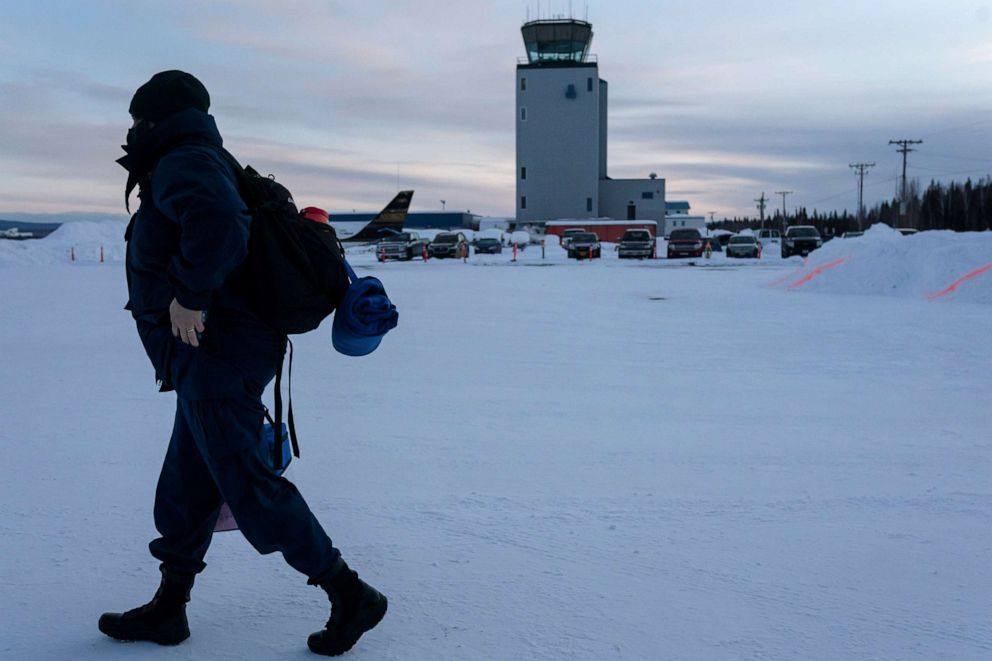
Leslie Gonsette, an internal medicine hospitalist at Providence Alaska Medical Center, came to testify at the meeting during her hospital shift. One of her patients, who does not have COVID-19 and is vaccinated, was in critical condition and in need of an ICU bed, she said.
"I called my colleagues in the ICU, and I explained, 'My patient is going to probably die. I need an ICU bed,'" she said. "And the answer I got was, 'We are doing our best. We do not have a bed.'"
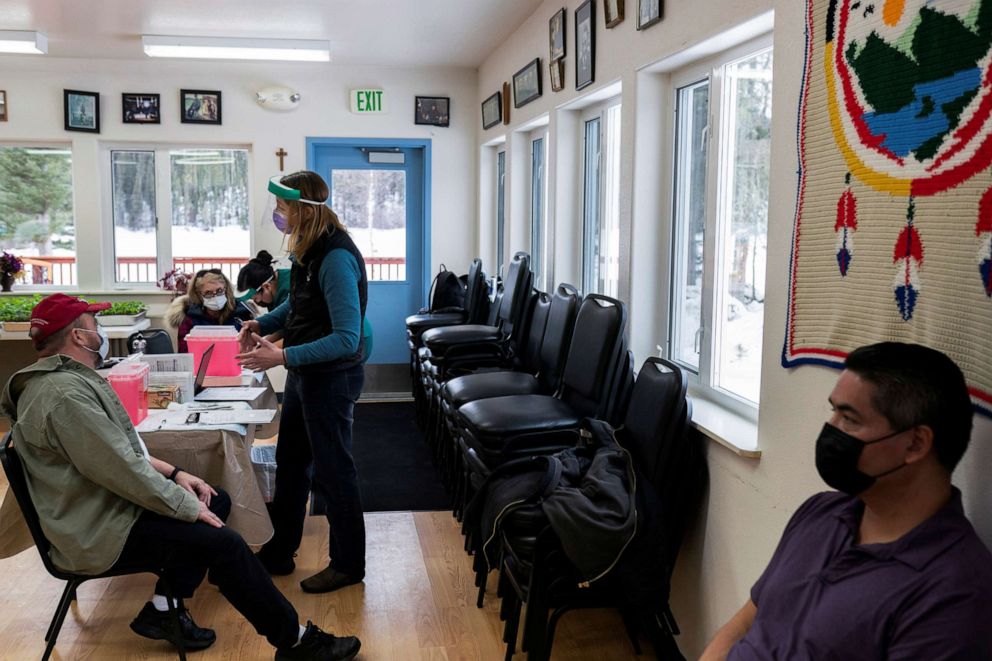
Bronson’s office released a statement after the meeting.
"My administration has been clear since the beginning that we will not mandate masks or vaccines," it said. "If someone wants to wear a mask or get a vaccination that's their personal choice. But we will not violate the privacy and independent health care decisions of our citizens in the process."
Alaska's health care providers, however, are left worrying about the kinds of choices they will be left with.
"Rationing care will take on a whole new meaning than it does today," Kosin said. "I think it's going to lead to the types of decisions you can’t imagine a person having to make."




